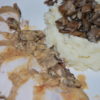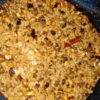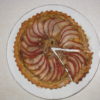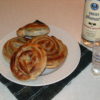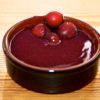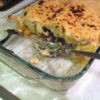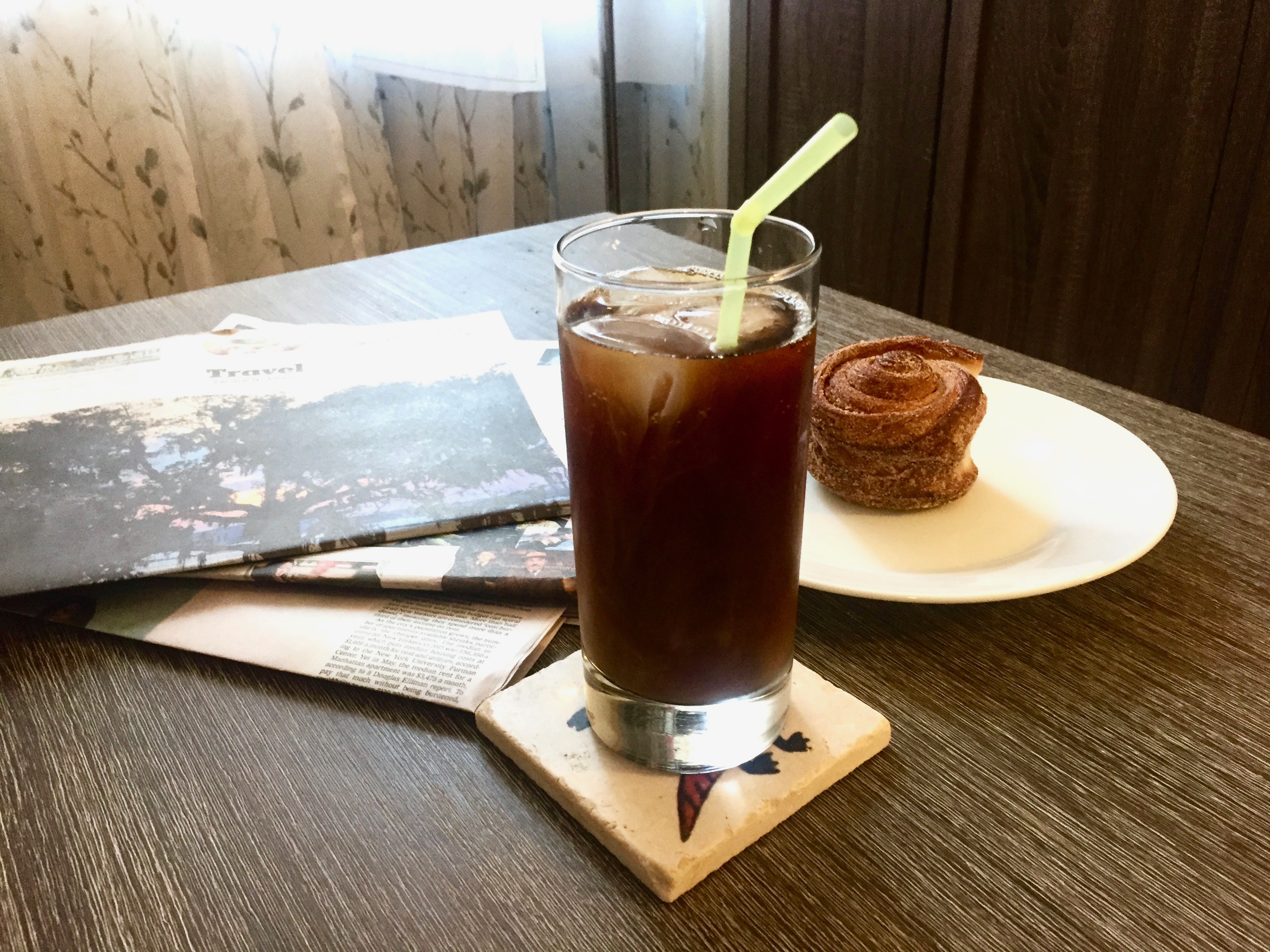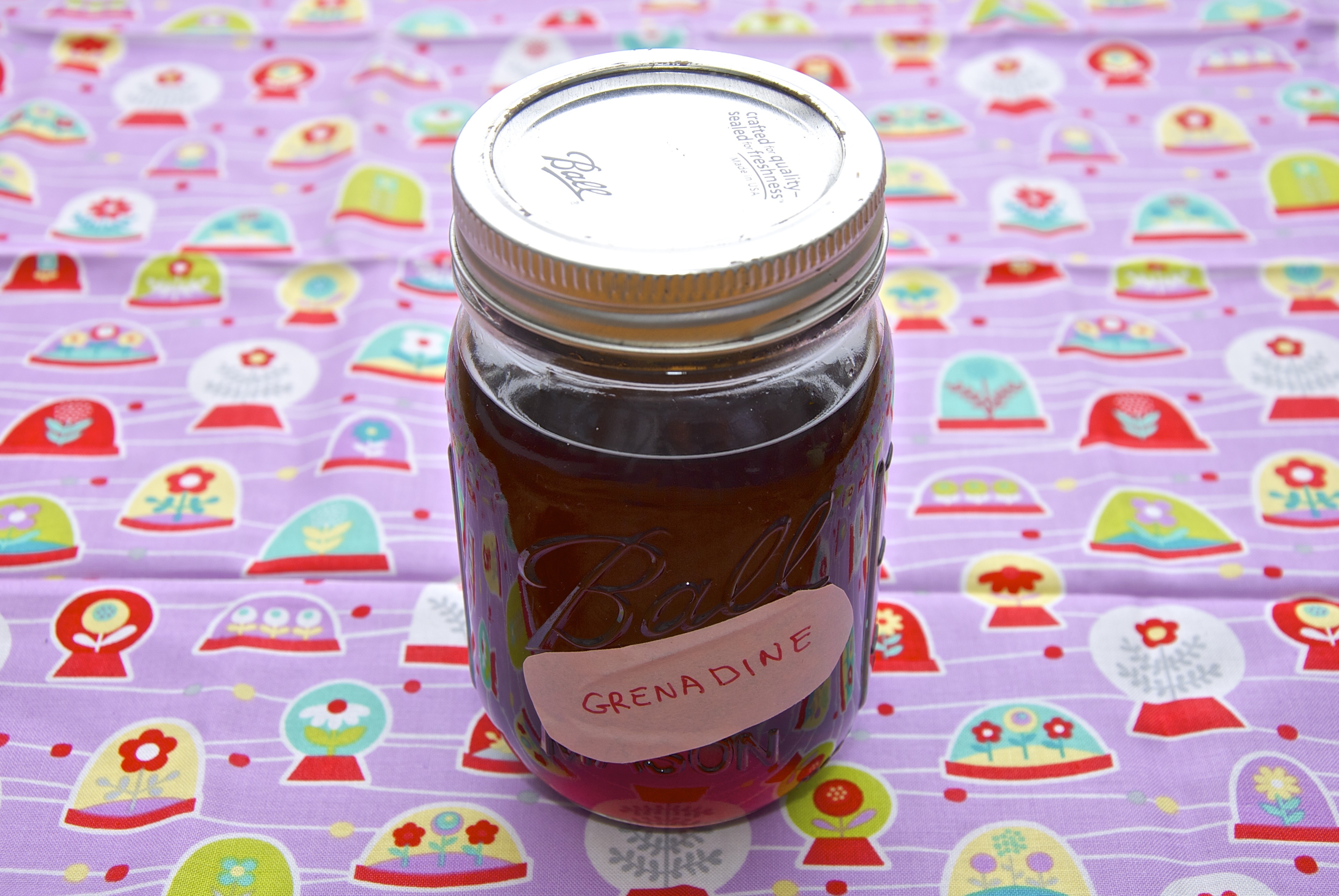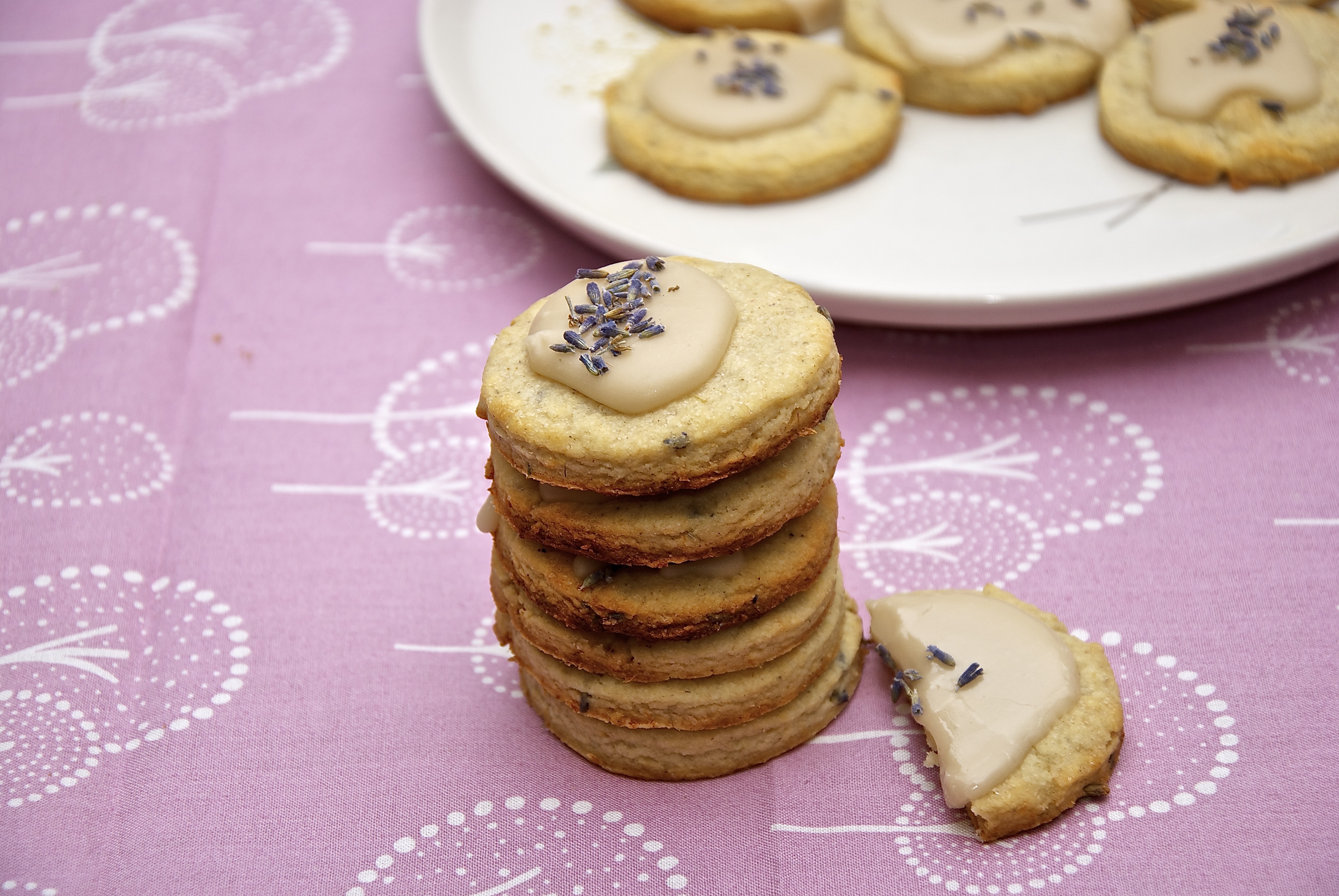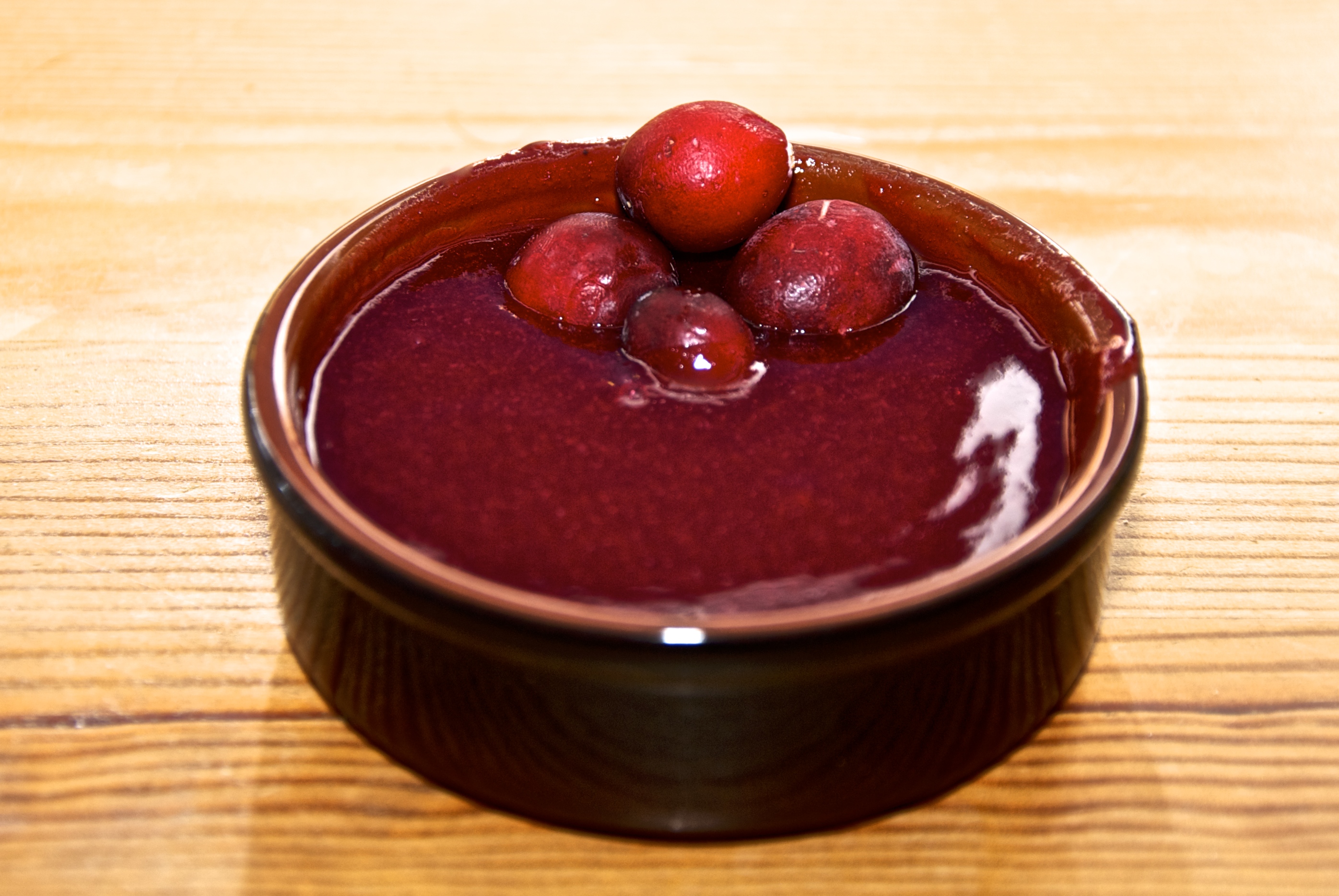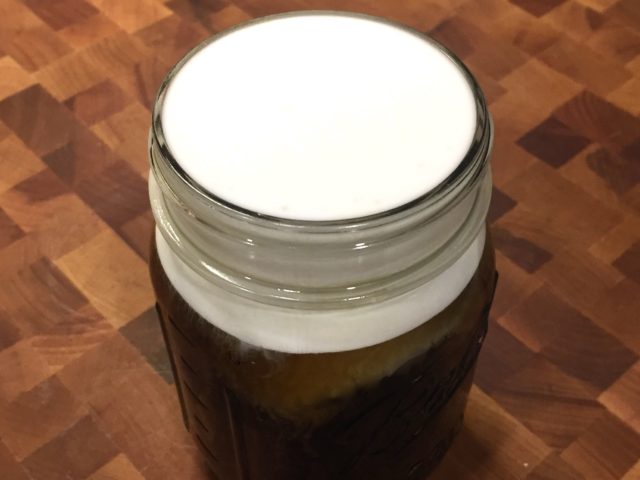
This past summer Starbucks rolled out a new drink, cold foam cold brew coffee. And although cold brew is not new, the cold foam is. Cold foam milk is a great addition to the cold brew, not only due to the contrasting flavors (sweet and buttery milk with bitter-ish coffee) and textures (velvet smooth foam and the contrasting fluidity of the coffee) but also due to the great visual contrast: black and white. Also being greek I loved cold foam as it is an integral part of the greek coffee culture as part of the iced cappuccino called Fréddo cappuccino. I always wanted to make some at home, alas my efforts were futile. The foam no matter how good it was falling apart leaving me with a soapy looking foam in a milky coffee in matters of minutes… but I finally cracked the secret. Venture with me in the science of making a great cold foam while understanding the basic science.
So, before we start with the making of the foam we should start with the fundamentals: what is foam? Foam, according to the IUPAC (International Union of Pure and Applied Chemistry) is a dispersion in which a large proportion of gas by volume in the form of gas bubbles, is dispersed in a liquid, solid or gel. Very often the term froth is used interchangeably, but typically you refer to froth on foam that is stabilized by solid particles (espresso crema for instance) vs, stabilization with soluble substances (surfactants like soap, proteins etc). This is a very important characteristic of foam requires something to stabilize it. In the case of the milk, the major stabilization is coming from the proteins that are in the milk. These proteins leave at the interface of the water matrix and the fat globules that are in the milk. To achieve that they possess a unique characteristic: half of their body is hydrophilic (water-loving) and the other half is hydrophobic (water-hating). As a result, to satisfy both sides the proteins have no choice but to lay right at the interface with the hydrophilic side in the water and the hydrophobic part in the fat. This is beautifully illustrated in the microscope images below.
But there is also a compromise the proteins are willing to do: as long as the hydrophobic side is not in water (being in the air for instance) it’s ok. Not ideal but bearable. So in order to get some the proteins to leave the coziness of the fat-water interface for the water-air interface, we need to use some brute force: agitation. And that’s what we do! We use a blender or in this case, a french press to get some of these proteins to abandon their buddies, and move to the air-water interface. The quick agitation not only does that but also aerates the milk providing the air that is required to create the foam. You see these molecular interactions are so fast, that if the proteins do not find the air they need in a matter of ms they will go back to the fat-water border. Once they are however there, they are happy, they stay there and as a result, they hold the foam in places, as it is illustrated in the image below.
Now here are the problems with this picture (not the actual picture, but what it depicts):
- The meniscus that is formed allows for drainage, and if enough milk drains then the foam collapses.
- The low viscosity allows the quick drainage of the milk.
- The proteins still prefer better to be at the water-fat interface.
- Uneven bubbles make the foam collapse by the bigger bubbles eating the smaller.
So how can we address these issues? Imagine there was a substance that can do all of it at once, provide a reason for the proteins to stay there, increase the viscosity, enhance the mechanical stability of the foam. Mechanical stability will counter the drainage, the viscosity will further retard it, and the protein will love to hang out with that substance. For the even bubbles, we will actually use a french press, where the fine and even mesh spacing provided high surface area to quickly create fine uniform bubbles.
In terms of the additive, it is Xantham Gum. Xantham gum is a naturally (bacterial) derived polysaccharide. It is used extensively in the food industry to increase viscosity and stabilize emulsions, although it is not an emulsifier. It does, however, a great job to stabilize the foam since it hits all of the points that we indicated above. It wedges itself in between the proteins increasing the favorability of the environment, making them less likely to leave, increases the viscosity and, provides mechanical support to the foam structure. The only issue with Xantham Gum is that it gets too quickly. But we can deal with it.
So now in a new fashion, I have included a video to demonstrate the process. It is an addition to the photoblog. All the videos are now posted at the NerdMeetsFood channel on youtube.
The ingredients are:
- 100 ml of whole milk (3.2 fl.oz)
- 1 tsp of sugar (optional but essential)
- 1.5 g of Xantham Gum
The tools are:
- A small volume (up to 12 fl. oz.) french press.
- Spoon
Xantham gum: https://amzn.to/2BwXPOe – I buy the small packages so it can preserve better.
French press:https://amzn.to/2N46NXM
A very important step here is to mix the sugar and the Xantham Gum well at the dry state. If you don’t do this, the gum will very quickly swell and gel and will not dissolve in the milk. For the same reason, you add the dry powder first followed by the milk. If you skip any of these steps the Xantham Gum will just gel on its own and will dissolve in the milk.
So there you have it. The best way to make foamed milk.
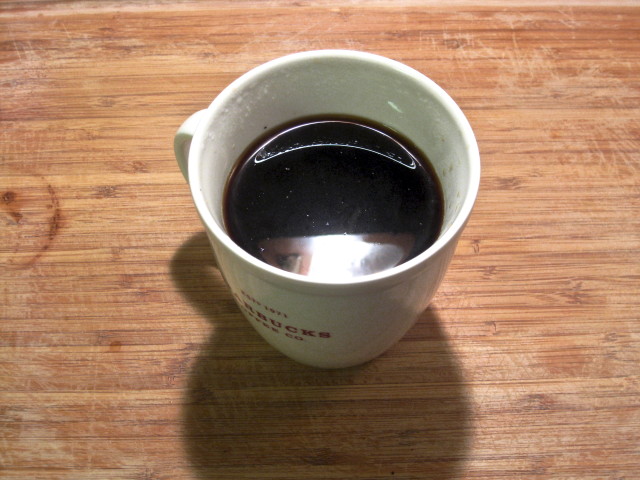
This is my secret (not any more) recipe for a great cup of coffee.
Ingredients
-
4 tbsp Coffee Beans (preferably light roast)
-
1/2 tsp Cinnamon
-
1/2 tsp Cocoa.
Directions
- Mix the cocoa, the cinnamon and the coffee in the grinder.
- Grind as you would normally.
- Brew the coffee as you normally do.
Tips
- You can experiment with other spices as well.
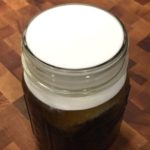
Cold foam milk
-
 Prep Time: 5 mins
Prep Time: 5 mins -
 Cook Time: 0 mins
Cook Time: 0 mins -
 Total Time: 5 minutes
Total Time: 5 minutes -
 Yield: 2 servings
Yield: 2 servings -
 Category: Beverage
Category: Beverage -
 Method: Whipping
Method: Whipping -
 Cuisine: American
Cuisine: American
Description
A velvety foam to top your coffee and tea cold or hot.
Ingredients
- 100 ml of whole milk
- 1 tbs sugar
- 2 g Xantham Gum
Instructions
- Add in the French press carafe the sugar and the Xantham Gum
- Mix with a spoon to combine the ingredients
- Add the milk
- Use the french press piston and vigorously move it up and down until you create a think foam.
Notes
- You can add all sorts of flavorings like almond and coconut extracts or vanilla beans/extract.
- You can use nut derived milks as well since the xantham gum will help them stabilize even if they don’t have the right protein content.
Nutrition
- Serving Size: 50 gr
- Calories: 53
- Sugar: 8.7
- Sodium: 20 mg
- Fat: 1.7 g
- Saturated Fat: 1.0 g
- Unsaturated Fat: 0.7 g
- Carbohydrates: 8.3 g
- Fiber: 0 g
- Protein: 1.6 g
- Cholesterol: 5 mg
Keywords: cold foam, cold brew, coffee, milk foam


